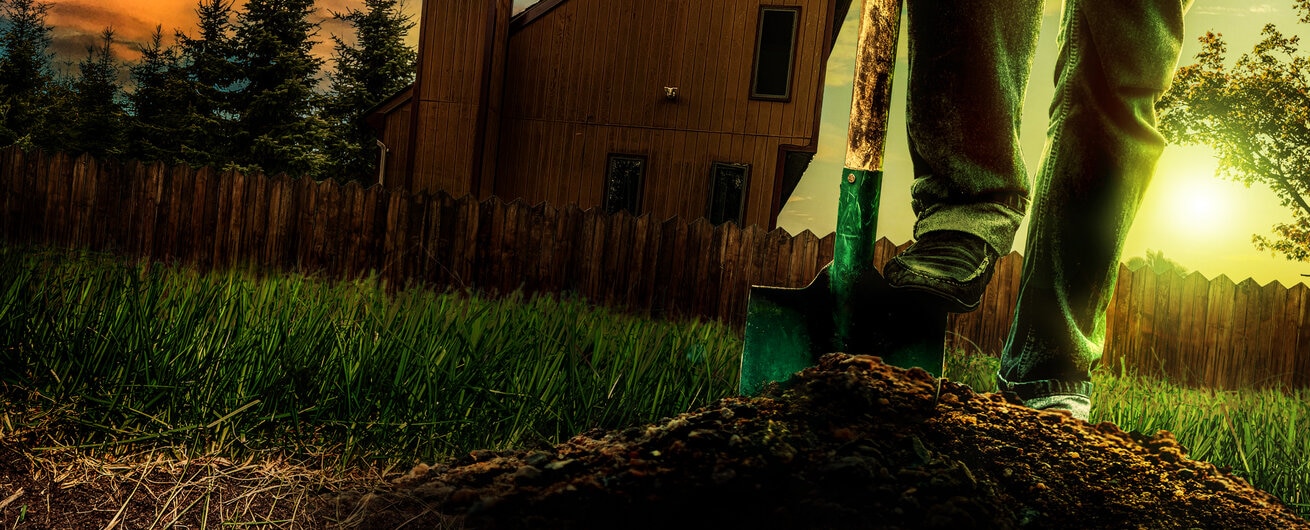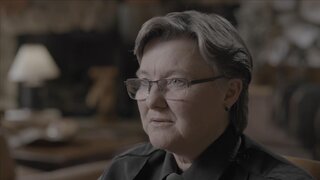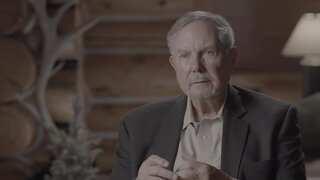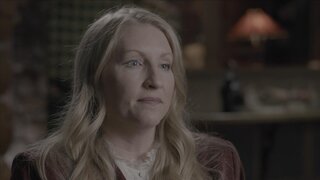Create a free profile to get unlimited access to exclusive videos, breaking news, sweepstakes, and more!
Put The Shovel Down — Here's What To Do If You Ever Find Bones In Your Backyard
You’ve discovered human remains buried in your yard. Experts share what you should — and shouldn’t — do.
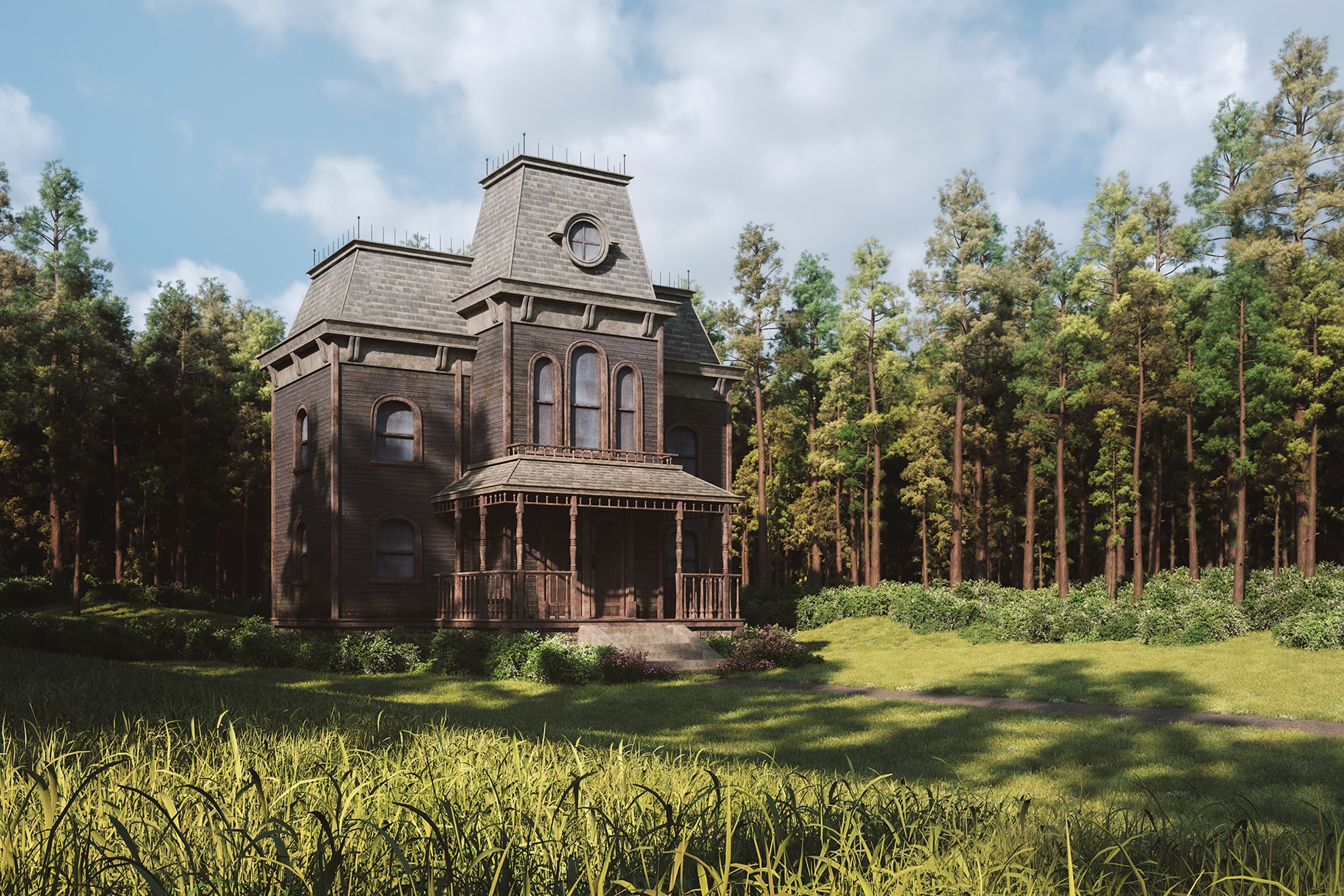
In June 2021, skeletal remains were found buried in the yard of a home in Watervliet, New York, not far from Albany. Forensic analysis determined that they were those of a newborn, the Associated Press reported. The case is currently ongoing.
Three months earlier, construction workers unearthed a human skull at a vacation rental site in Chelan, Washington, according to the News Tribune. Officials determined that the remains belonged to a Native American after examining the skull, according to the county coroner.
A bag of bones found in February 2020 in a backyard in Mission Viejo, California in Orange County were later identified as pieces of a human skull, according to officials, reported ktla.com. The discovery was made by a homeowner digging in his yard to build a fence.
Unearthing bones sparks several questions: Are they evidence of foul play? How did they get there? How long have they been buried? Who put them there? Are they human? And, most essentially, how do you handle this discovery?
The quandary is at the core of the Oxygen’s “Buried in the Backyard.” The series returns Wednesday, November 17 at 8/7c for its fourth season, bringing new stories of true-crime victims unearthed from places you’d never expect.
In advance of the show’s return, we spoke with experts about what to — and not to do — to handle the situation.
What do you do first if you unearth bones in your yard?
Put down your shovel and pick up your phone, experts agree. Your first move is to call the police, who will respond and investigate.
“It’s very natural for people to want to look further and dig deeper, but they should do the opposite. Stop and contact the police,” Watervliet Police Chief Joseph L. Centanni told Oxygen.
Definitely don't touch them.
“If you believe you have located human bones, do not disturb them,” said Sgt. Ryan Anderson, public information officer at the Orange County Sheriff’s Department. “Do not attempt to remove them and do not disturb the area near the bones.”
Why is it important not to touch the bones?
Until they can be forensically analyzed you have to treat them as though they could be evidence. Ideally they should not be touched so they can be evaluated in the way they were discovered.
Law enforcement looks at numerous variables, Centanni explained. That includes how how many bones there are, and how they’re clustered together or spread out. “All of those things translate to law enforcement as very important details,” he said.
What happens during the investigation?
“The first thing is to verify whether the bones are animal or human,” Centanni told Oxygen. “If it’s a person, then your investigation goes one way, if it's an animal it goes another. In the majority of the time, they end up being an animal.”
Can an animal bone look like a human bone?
Yes, and even doctors can be fooled. “Seven or eight years ago we had one case where a bone was found along the river by a radiologist and they swore it was a human,” Wayne Harris, Chelan County coroner, said. “It turned out to be an animal.”
Do bones always indicate a crime scene?
No. Law enforcement will work to make that determination on a case-by-case basis.
“Investigators and the coroner may respond to investigate further and determine whether a crime may have occurred,” said Sgt. Ryan. “The criminal investigation into the human bones discovered in Mission Viejo is closed. After a thorough investigation, it was determined that no foul play was involved.”
In the state of Washington, Harris said, “there are a lot of Native American burial sites, especially along rivers and lakes. Part of our role when bones are found is to determine if we think they're Native American.” When they turn out to be Native American, the State Department of Archaeology comes into contact and works with the local tribes.
Could finding bones in your yard become a situation that takes time to resolve?
Yes. “We had to excavate and dig for bones and in one circumstance where we had to bring in a small backhoe,” Centanni explained. “It took four or five days.” Other cases may take even longer.
To learn more about this true-crime topic, watch “Buried in the Backyard,” airing Wednesday, November 17 at 8/7c on Oxygen.












